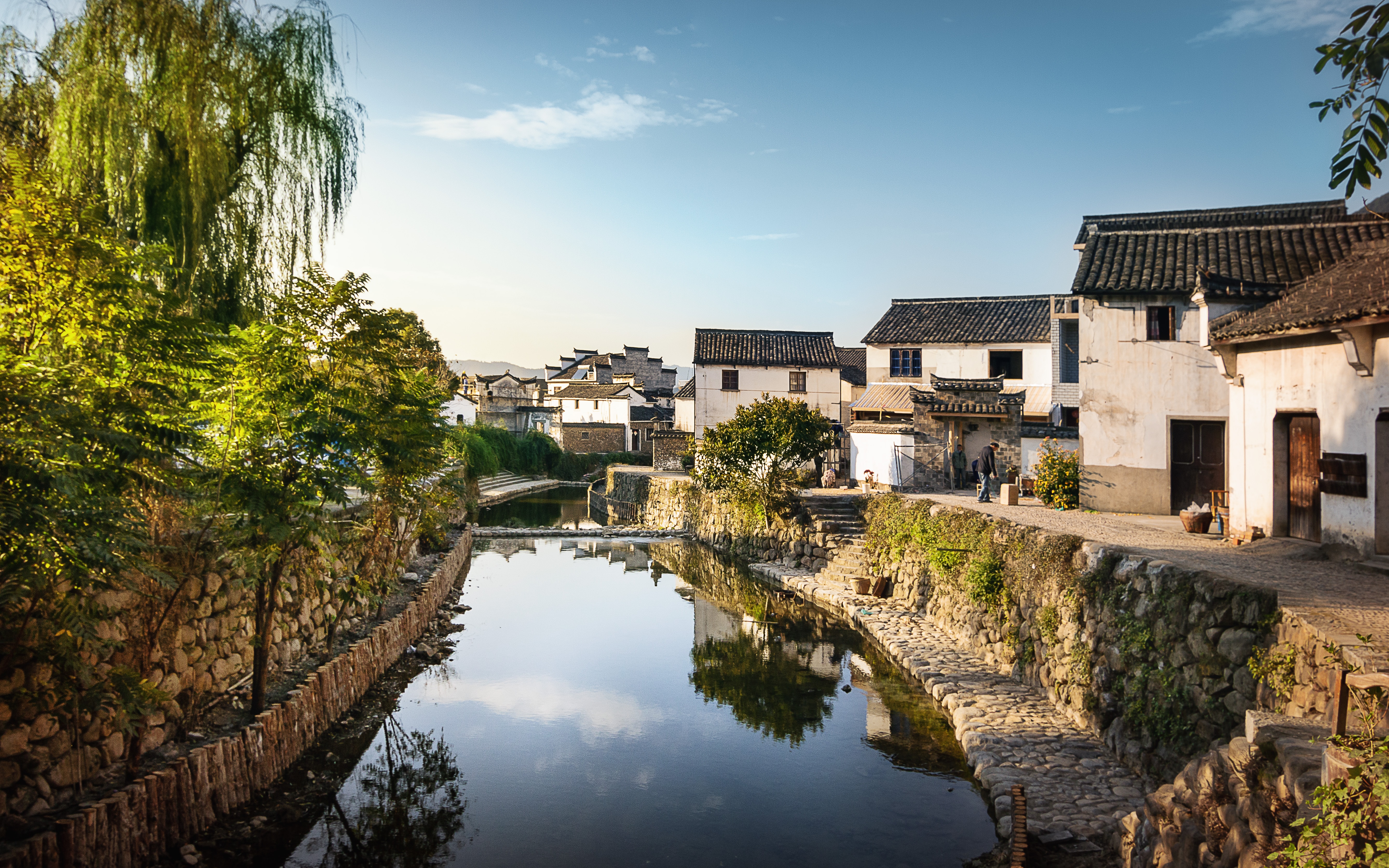Visiting a simpler time
The great migration of Chinese people from the countryside to cities is one of the most incredible things of the last 50 years. The growth of cities has transformed China in many ways. It is not surprising that Chinese people today look to their village roots with great nostalgia. Push back on urbanization has happened in other cultures. In England, the Romantic movement responded to industrialization and the fascination with cowboys and The West happened as the importance of cities grew in the US. In a recent study...




